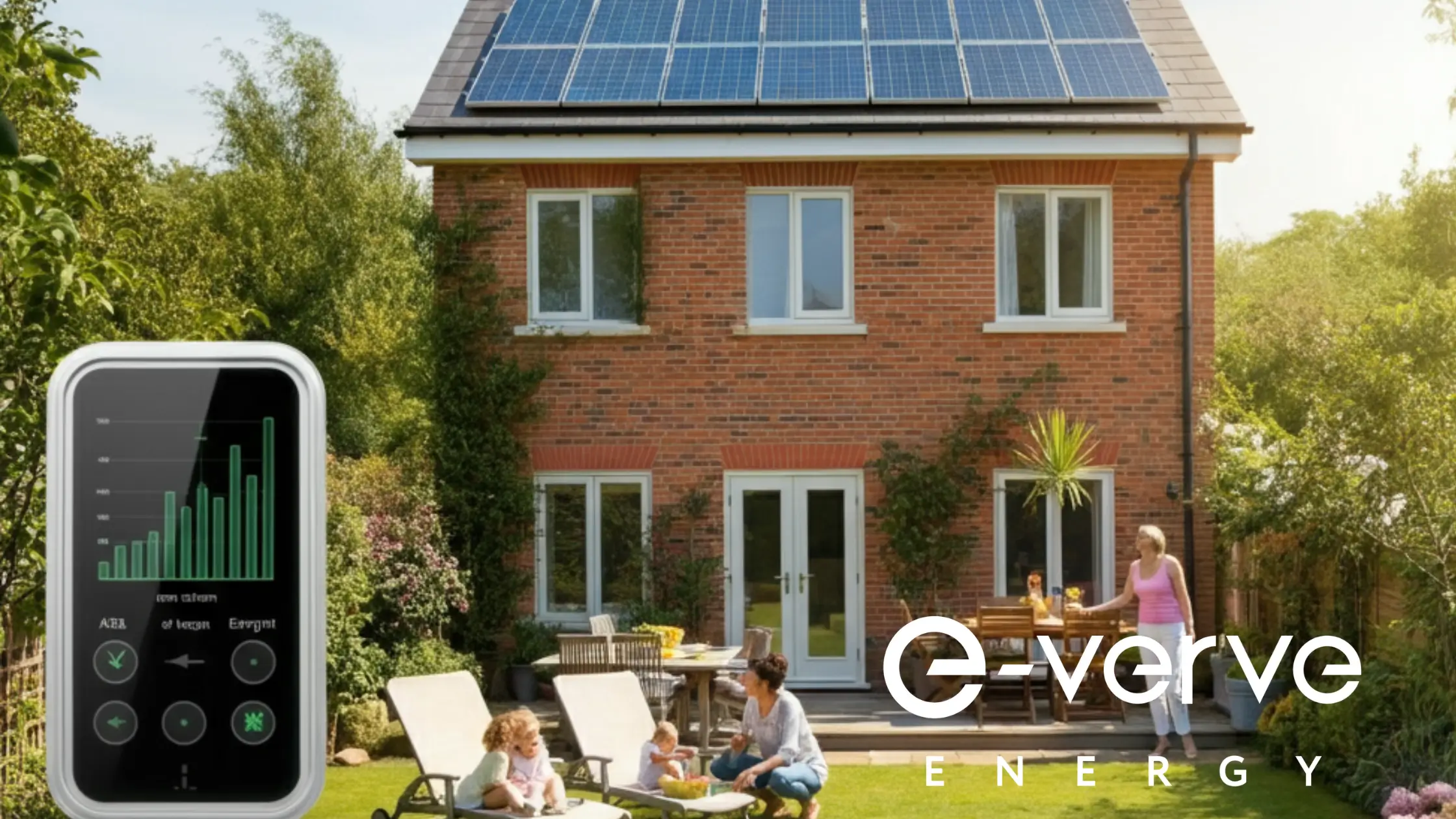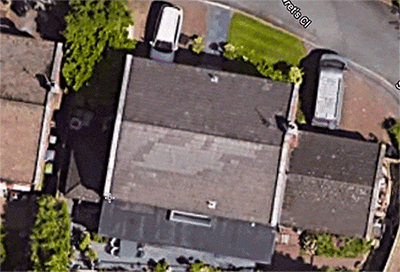How Much Energy Does a Solar Panel Produce?
If you’re a UK homeowner considering solar energy, one of the first questions you might ask is, “how much energy does a solar panel produce?” Understanding the energy output of solar panels will help you determine whether they can meet your home’s energy needs, save you money and contribute to a greener future.
The energy a solar panel produces depends on multiple factors, ranging from the panel type to roof orientation and even the UK’s famously unpredictable weather. This guide breaks it all down for you, including step-by-step instructions on calculating your energy needs and leveraging our interactive quote tool to plan your solar investment.
How Much Energy Does a Solar Panel Produce in the UK?
The energy production of a solar panel depends on its size, efficiency, and the amount of sunlight it receives. Most residential solar panels in the UK produce between 250 and 400 watts per hour during peak sunlight translating to roughly 1 to 1.5 kilowatt-hours (kWh) per day per panel.
For a standard 4 kW solar panel system (around 10-12 panels), you could generate between 3,000 and 4,200 kWh of electricity annually. To put this into perspective, the average UK household uses about 2,900 kWh of electricity per year, meaning a typical solar array can meet—and often exceed—a household’s annual electricity needs.
That said, the energy output is influenced by several factors, which we’ll explore next.
Key Factors That Impact Solar Energy Output
Type of Solar Panel
Not all solar panels are created equal. Here’s an overview of the three main panel types commonly used in the UK and their energy performance:
Monocrystalline Panels
Efficiency: 15-22%
Key Features: These panels are built from a single silicon crystal, making them highly efficient and space-saving.
Performance in the UK: Excellent for maximising energy production even on cloudy days. They are perfect for homeowners with limited roof space.
Polycrystalline Panels
Efficiency: 13-16%
Key Features: Made from multiple silicon fragments and more affordable but slightly less efficient than monocrystalline panels.
Performance in the UK: Cost-effective for sunny areas, but slightly less effective on overcast days compared to monocrystalline panels.
Bifacial Panels
Efficiency: 15-20%
Key Features: These panels harness sunlight from both sides, increasing their energy production in areas with reflective surfaces (e.g., light-coloured roofing or nearby concrete).
Performance in the UK: Ideal in specific installations but dependent on proper mounting and environment.
Roof Characteristics
Your roof plays a crucial role in determining how much energy your solar panels can generate. Consider these key factors:
Orientation and Tilt
South-facing roofs are optimal, as they capture the most sunlight throughout the day.
East- or west-facing roofs produce around 15-20% less energy.
A roof tilt of 30-40 degrees is ideal for solar panels in the UK.
Shading
Areas of your roof shaded by trees, chimneys, neighbouring buildings, or other obstructions can significantly reduce energy production. During installation planning, solar professionals will conduct a shading analysis to determine the optimal layout for your system.
Roof Size and Available Space Larger roofs can accommodate more panels, increasing potential energy production. However, even small roofs can yield significant energy output when fitted with high-efficiency panels.
Environmental Factors
UK Climate
The sunny days of Southern England might seem more favorable for solar than the overcast skies of Northern Scotland, but modern solar panels are designed to perform well even in cloudy conditions. They can generate electricity from diffused sunlight.
Seasonal Variation
Solar panels produce the most electricity during summer when days are long and sunny. Conversely, Winter months will see lower energy output, but your system’s battery storage (if installed) can help balance these fluctuations.
Temperature
Interestingly, extreme heat can reduce solar panel efficiency. Fortunately, the UK’s mild climate ensures that solar systems typically operate at optimal performance.
How to Calculate Your Solar Energy Needs
Now that you understand how solar energy production works, it’s time to calculate how much energy you need—and how many panels can meet your requirements. Follow this step-by-step guide, which integrates our interactive quote tool for an accurate calculation.
Step 1: Assess Your Current Energy Usage
Review your energy bills to determine your annual kWh usage.
Example: The average UK household consumes around 2,900 kWh annually although this varies based on home size and appliance use.
Step 2: Evaluate Your Roof
Enter your postcode into our interactive quote tool to analyse your roof’s suitability for solar panels using satellite images. Our quote tool allows you to evaluate roof orientation, tilt, shading and panel layout.
You’ll get recommendations on panel types, system size, and optional battery solutions to suit your home. Finally a full assessment of your roof will also be undertaken by our Solar Experts prior to installation.
Battery Storage Options
Adding a battery storage system allows you to store excess energy for later use, which is particularly useful during evenings or winter months. For this reason you should consider battery storage if you aim to maximize solar energy self-sufficiency.
Why Choose Solar Panels for Your UK Home?
Making the switch to solar energy offers numerous benefits for UK homeowners, including:
- Reduced energy bills through self-generated electricity.
- Power Outage Protection
- Contributions to sustainability with lower carbon emissions.
- Earnings from surplus energy sold back to the grid via the Smart Export Guarantee (SEG).
Even with the UK’s variable weather, solar panels are an excellent long-term investment for energy independence.
How Can E-Verve Energy Help?
The question of “how much energy does a solar panel produce?” is just the beginning of your solar energy journey.
Now that you understand the key factors and how to calculate your energy needs, take the next step by using our interactive quote tool.
Get your solar cost upfront with no pressure to commit and see how much solar panels could save on your bills!
We’re here to help you find the perfect setup for your home.
Get A Custom Quote From Expert Solar Installers
Select your setup and receive your tailored solar quote instantly.
100+ Google Reviews


